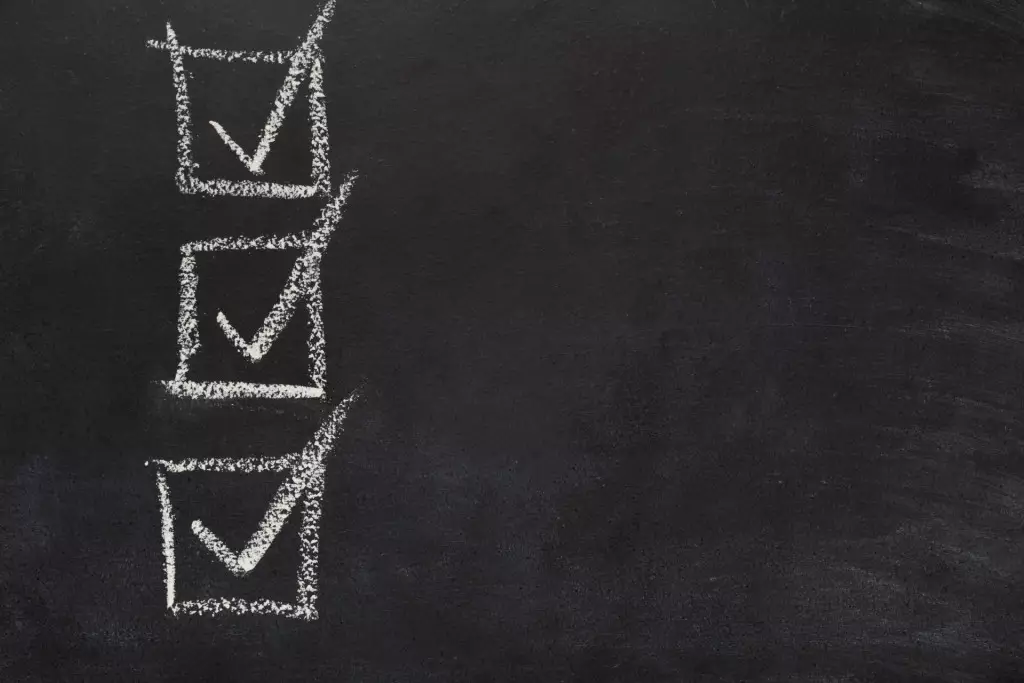Pharmacovigilance Made Smarter with New AI Literature Screening on the Platform
- 24/11/2025
A few years ago, a pharmacovigilance specialist’s morning always looked the same. Dozens of tabs open, endless searches through databases, manually compiled lists of journals, and hundreds of articles to review. Every new publication required time, patience, and a focused approach. In that routine, it was easy to miss something important – simply because human resources are not unlimited. Today, everything looks different thanks to AI literature screening.
Opening DrugCard, specialists see the results of AI work already completed before their first coffee. Overnight, the platform has processed hundreds of journals, pulled fresh data on the drugs monitored by the team, and automatically identified the most relevant publications.
New AI Literature Screening Updates – A New Way of Working
Even before the latest AI updates, DrugCard had already transformed the process of monitoring medical literature. Specialists can quickly find relevant publications, track new studies, and follow reports of adverse drug reactions. Routine tasks took less time, workflows became clearer, and pharmacovigilance felt more organised.
With the new AI features, DrugCard now offers more than just a list of articles – it provides a clear priority structure.
Special Alerts with the Red Man Icon
The most important publications are marked with a special alert. One of the most interesting new AI features in the platform update is the red man icon. Whenever AI detects a publication containing potentially critical safety information, it marks it with this icon.
Specialists open DrugCard to view the red alerts and instantly identify which studies require attention first. For example, if an adverse drug reaction is reported, the alert ensures the team is informed. They immediately see what needs urgent attention and what can wait. There is no longer a need to filter vast amounts of information manually – the AI literature screening algorithm has already done it.
Quick Summaries Instead of Hundreds of Pages
Another essential AI feature is the automatic generation of concise summaries for each publication. While reviewing articles, specialists read short AI-generated summaries. In just a few sentences, these summaries highlight study results, key safety information, reported adverse reactions, and practical conclusions.
What used to take hours now takes minutes. If the article is truly relevant, the specialist opens the full text – but only when necessary. The rest of the time can be devoted to analysis rather than searching. Thanks to AI literature screening, specialists can focus on insights, not hours of reading.
Collaboration Enhanced by AI Literature Screening
The third key update is the inclusion of AI-generated notes directly within each article card. The platform analyses content and creates clear, concise notes of critical points, potential safety signals, and key conclusions. With one click, the note is ready.
This eliminates hours of manual note-taking. All summaries and comments are stored in the article card, ensuring seamless collaboration and coordination. Team coordination has changed as well. Instead of long email threads and scattered file notes, specialists comment on studies directly in the platform. All discussions are stored in one place. Colleagues see each other’s input in real time, and data organisation happens automatically. This is not just convenience – it is the power of AI literature screening at work.
The End of the Day – A Completely Different Feeling with AI Literature Screening
Reviewing what has been accomplished during the day, the specialist realises how much their role has evolved. Previously, a significant portion of working hours was dedicated to technical tasks, including searching, filtering, summarising, and communicating. Now, these functions are handled by AI.
The specialist can focus on analysing signals, regulatory decisions, risk assessments, and, most importantly, patient safety. What used to take days now happens in hours, and what used to be exhausting is now manageable and even engaging.
The Future of Pharmacovigilance with AI Literature Screening
DrugCard proves that digital transformation in pharmacovigilance is not about replacing specialists but about enhancing their capabilities. AI works quietly in the background, learning from each new article, and making the system more productive every day. With AI literature screening, specialists gain faster insights, better prioritisation, and a more efficient workflow.
This is not a prediction for the future. This is how specialists are working today.
- 08/12/2025
- Drug Safety


